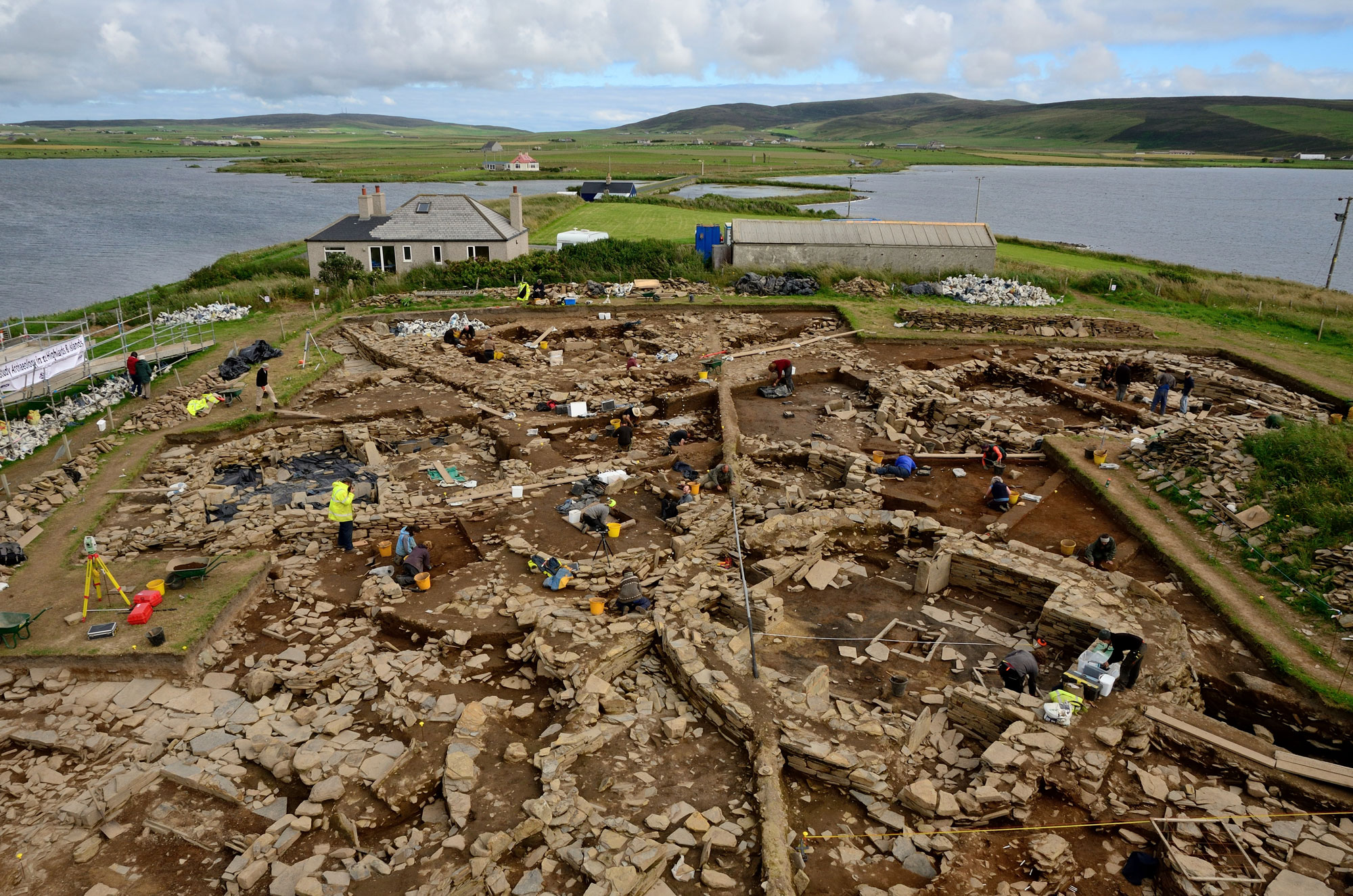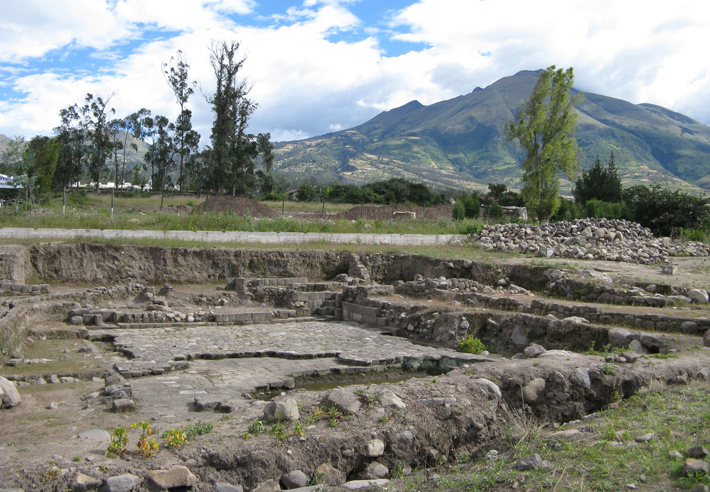
WASHINGTON, D.C.—Style problems and lack of provenance have made researchers uneasy about the authenticity of crystal skulls since the early twentieth century. But in recent years, scientists from the Smithsonian Institution, London’s British Museum, and the Quai Branly Museum in Paris have used a battery of sophisticated tests to show that the skulls, which were supposedly carved in Mesoamerica before the arrival of Spanish explorers, are fakes. They used scanning electron microscopy to compare the surfaces of the skulls with the surface of a legitimate Mesoamerican crystal goblet from the Museum of Oaxacan Cultures in Mexico. The etch marks show that the authentic goblet had been crafted with hand tools, while the skulls had been ground with rotary wheels and hard abrasives. Inclusions in the rock of the skull at the British Museum turned out to be a mineral not found in Mexican crystal, and a deposit in the Smithsonian’s skull came from a synthetic, twentieth-century abrasive. A dating technique that measures how deep water penetrates rock showed that the skull in Paris was made after the Spanish conquest. For more information on how these objects first appeared on the artifact market in the nineteenth century, be sure to read ARCHAEOLOGY's “Legend of the Crystal Skulls,” by Jane MacLaren Walsh of the Smithsonian Institution. She has been instrumental in this research.









